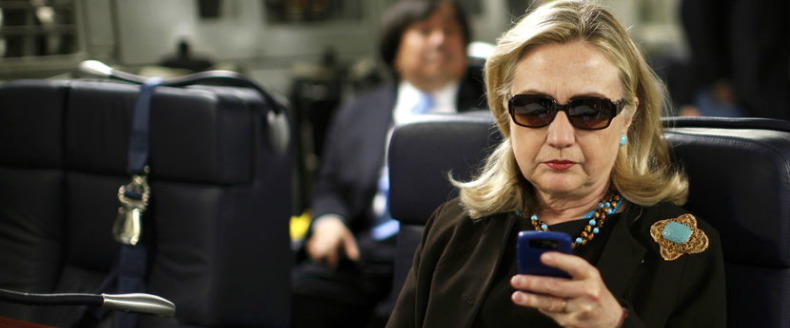Good catch by NPR’s Scott Detrow: both Clinton and Sanders are relying in part on text messages to drive turnout in the Iowa caucuses. With voters harder to reach by traditional methods, SMS is one of the few ways to connect with the mobile-only segment of the public:
…increasingly, many campaigns see text messages as a primary way of getting in touch with voters. You know, more and more people are ditching landlines, more and more younger voters just have a lot of conversations on text and hardly ever call people.
We’ve talked about SMS messages in politics for years on Epolitics.com (remember when Obama offered to whisper the name of his VP selection into your cell phone in 2008?), but most campaigns blasted out GOTV reminders and not a whole lot else. The Democratic presidential campaigns are getting creative in 2016:
…a lot of campaigns are thinking hard about how to make these text message blasts seem like real conversations, real one-on-one conversations, which studies have shown are more effective at persuading people. So the Clinton campaign will do things like send out quizzes about Hillary Clinton trivia to people. They’ll text out pictures and memes, like you might have in a text conversation with your friends.
When is Hillary Clinton in your pocket? When she sends you a text message. SMS for ongoing supporter engagement is an excellent practice that we cover in a certain digital campaigning guide. Also in “Winning in 2016”, individual text messages sent person-to-person in the field. Cue Bernie:
And the Sanders campaign actually has volunteers sitting in Iowa sending individual texts to individual Iowans, so they’re really having one-on-one conversations to try and foster that feeling instead of a blast message.
Why does all of this matter? Because a few people can make all the difference in a caucus:
it’s really only a small percentage of registered voters in Iowa who are going to show up at caucus. We’re talking 100,000, 200,000, somewhere around there on both sides. So it really puts a premium on finding those people you’ve identified as likely supporters, getting in touch with them, and rounding them up to get to the caucus sites. So text will be a big part of that. That’s a way to get in touch with someone right there, you know they have their phone on them.
Another good practice? Asking people how they plan to get to the polls, which the Analyst Institute has found can make a statistically significant difference in how many of them actually show up. In Clinton’s case, the campaign is following up via text:
And the Clinton campaign is actually tapping into some social science research here. They have been asking supporters to provide to the campaign a specific plan on how they’ll caucus that day – what time they plan to leave, where they plan to go, how they’re going to get there. And the campaign says it’s planning on actually texting out that specific plan to voters as a way to kind of jog their memory and remind them they have committed to do this.
SMS is nothing new in politics, but sometimes the old tools — and the simplest — are the ones that actually work. Snapchatting for turnout? Not yet.
– cpd

